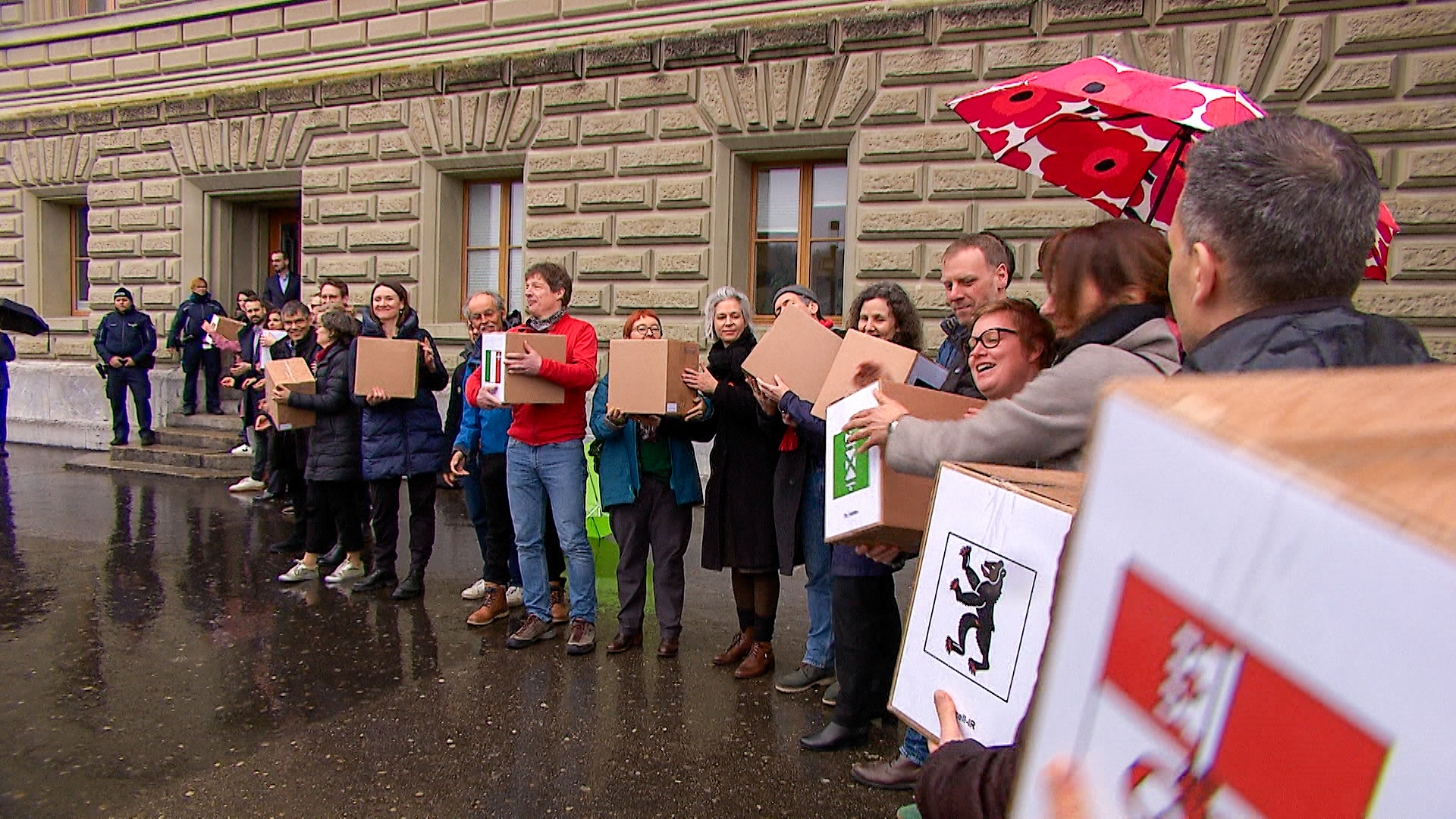
Swiss company celebrates 200th Ariane mission
A European Ariane rocket has blasted off from French Guiana in South America carrying supplies to the International Space Station using Swiss technology.
The launch is considered a landmark by the Swiss company Ruag Space, which has provided the payload faring, the part of the rocket that protects the payload, as well as guidance components, for all 200 Ariane missions.
Constructed by an industrial consortium led by a division of European industrial giant EADS, the unmanned Johannes Kepler vessel is designed to deliver fuel, food, clothing and oxygen to the ISS crew, as well as spare parts.
The vessel takes its name from the 17th century German astronomer and mathematician and is the second Automatic Transfer Vehicle (ATV) that Europe has committed to its participation in the ISS programme.
It was the heaviest payload ever launched aboard an Ariane rocket. A first attempt to launch the rocket was abandoned on Tuesday because of a technical problem.
It is scheduled to dock with the space station on February 24. Ruag Space supplied the payload faring and guidance for the first Ariane launch on Christmas Eve 1979.

In compliance with the JTI standards
More: SWI swissinfo.ch certified by the Journalism Trust Initiative
















![The four-metre-long painting "Sonntag der Bergbauern" [Sunday of the Mountain Farmers, 1923-24/26] had to be removed by a crane from the German Chancellery in Berlin for the exhibition in Bern.](https://www.swissinfo.ch/content/wp-content/uploads/sites/13/2025/12/01_Pressebild_KirchnerxKirchner.jpg?ver=917ecbf2)














You can find an overview of ongoing debates with our journalists here . Please join us!
If you want to start a conversation about a topic raised in this article or want to report factual errors, email us at english@swissinfo.ch.